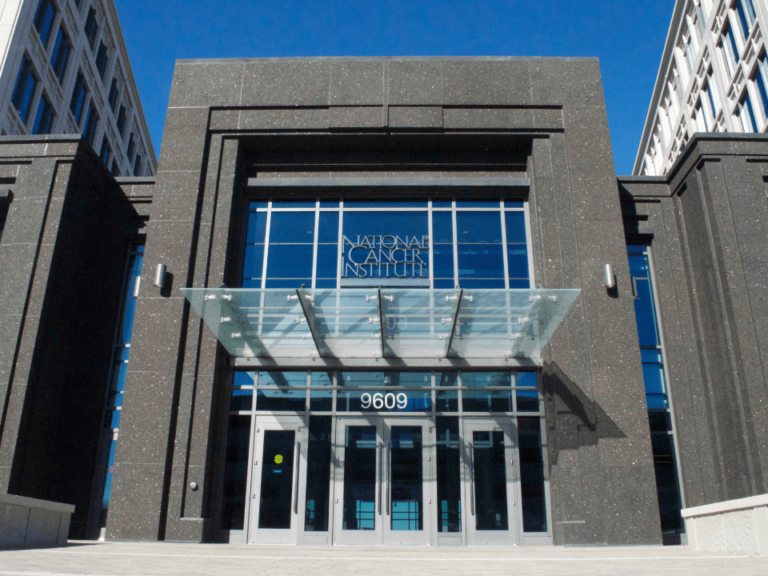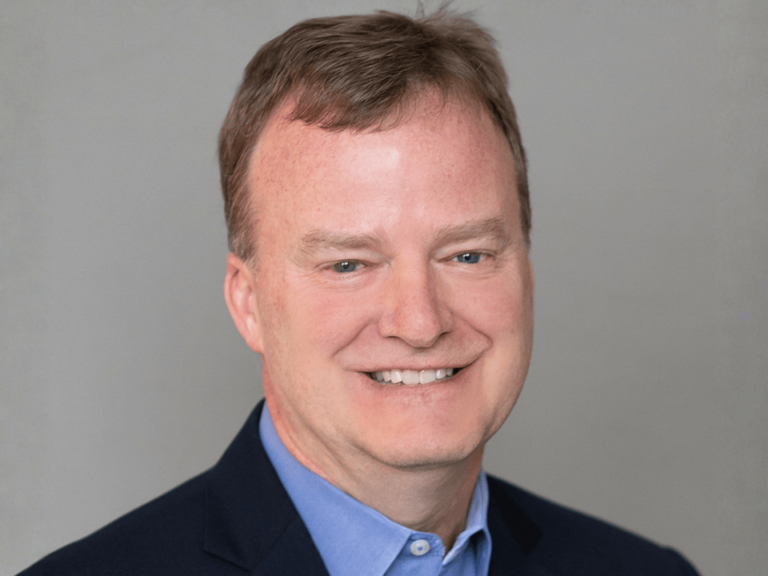The new iteration of the NCI-MATCH trial will test the ability on the part of cancer researchers to integrate exchanges of genomic information between academic institutions and commercial vendors, said James Doroshow, NCI deputy director for clinical and translational research and director of the Division of Cancer Treatment and Diagnosis
“I think this is a very important test of how we can, or if we can, utilize resources across the entire country,” Doroshow said at the June 20 meeting of the NCI National Cancer advisory Board and the Board of Scientific Advisors.
“Utilizing tests that are performed in major centers and commercially to try to facilitate the accrual of patients that harbor mutations that are really low frequency. So, I’m very optimistic. We’ve already started to accrue and that we will basically replace our own network with the entire country’s network of next generation sequencing centers to be able to do these kinds of studies.”
A videocast of Doroshow’s remarks is posted here.
A transcript follows:
The MATCH trial’s not done. I’m going to say that a couple different times, because you may all think when I’m done the trial’s over but it is not. I’m going to bring you up-to-date where we are as of, actually as of Sunday, and then a couple other things.
What is done, remarkably, is that the initial phase of accrual was concluded as of the end of May with about 6,400 patients [registered for screening], our initial goal was 6,000, with continuing evaluation of those materials.
So that we don’t actually have a final number to give you in terms of the patients who were enrolled and treated. That will be coming down the pipe in the next month or two.
This is a snapshot of where we are in terms of the various arms in the trial. As you remember, we started out with 10, increased to 20. There are 25 active arms, but there actually are more in the pipeline.
We’re actually accruing to a larger sample size. Twenty-five percent are well on their way to meeting their initial goal of accrual. And about 25 percent will need accrual from what I’ll describe as this rare variant setting, which is really the second part of the MATCH trial. The successes remain very high throughout the study. Turnaround time, excellent. Toxicity, acceptable.
I was told over the weekend that I am allowed to tell you that there actually are objective responses on this trial. I can’t tell you what the responses are, or the arms, because since I’m not on the steering committee, I don’t know which arms were successful so far. But there are objective responses, and they’ll start to get reported out over the next 12 to 18 months.
This I think is one of Dr. [Douglas] Lowy’s favorite slides. But it is an interesting one and it really encapsulates from a geographic perspective something that I think has been unique for the study. And that is, if you see, you just take a look at where all the orange is. The orange is not in our most populous states.
So, the actual rate of accrual has been extraordinary in places like Idaho and Minnesota and Wisconsin, and also Oklahoma. Which only means—has to mean—that there has been enormous uptake for accrual in the study in the community.
It remains to be the case that those over 6,000 patients who are enrolled, two-thirds of the enrollment came from our community sites. Which tells you that not only can these studies be done in the community, but patients can be treated with investigational agents.
Admittedly, we know the phase II dose for those agents, but they can be treated in the community with investigational agents with a very acceptable toxicity profile. Here is a list of the states, which I think is really a tribute to all of the organizations that participated, all the members of Encore and elsewhere that participated.
I think many of you saw at ASCO, the remarkable results of LOXO 101 with a 78 percent response rate in patients with mutations in TRKA. Remarkable, long lived responses. So, we expect this, even though it’s a very low frequency mutation, this arm will accrue very rapidly and almost certainly will lead to approval of that agent in the future.
So, where are we now?
We basically finished accrual with respect to the patients where we paid for the biopsy and required fresh biopsies.
I think I mentioned this briefly to one of the boards a few months ago, but the goal was, and this amendment was activated at the end of May to say how are we going to finish the arms that are not fully accrued in patients with very rare mutations?
Over a period of about year, the NCI and ECOG-ACRIN were very active in trying to find partners for patients who have tumor mutations formed at either major commercial entities or other large cancer centers and to try to figure out how to make the match drugs available to those patients. That is actually in play now.
The first five patients in the rare cancer initiative have been accrued over the first two and a half weeks of June. As you might guess, we’ve had a lot of interest in other both commercial and academic entities who’ve asked us how they can participate in this process.
The actual rate of accrual has been extraordinary in places like Idaho and Minnesota and Wisconsin, and also Oklahoma. Which only means—has to mean—that there has been enormous uptake for accrual in the study in the community.
James Doroshow
We are very much in the midst of developing a way to QC those other laboratories so that we can be very broad in terms of how patients can be referred to the MATCH study and to complete those additional arms.
I think this is a very important test of how we can, or if we can, utilize resources across the entire country—utilizing tests that are performed in major centers and commercially to try to facilitate the accrual of patients that harbor mutations that are really low frequency.
So, I’m very optimistic. We’ve already started to accrue and that we will basically replace our own network with the entire country’s network of next generation sequencing centers to be able to do these kinds of studies.
Basically, the way it’s going to work is that we have agreements so far with four academic institutions and two commercial firms, for that data to go back to the physician who ordered the test and then to make it clear whether or not a particular mutation might be appropriate for a MATCH arm.
So, our biggest question, and your input on this would be very well received is, how do we maximize the opportunity of, if you will, matching the mutation and the patient to where the trial is open?
I think this is actually, there’s been lots and lots of discussion in ECOG-ACRIN in how to do this and I think that it’s critical that we, as needed, apply additional resources to see whether or not this could happen.
Because what we foresee in the future is we will have other tests, perhaps the NCI will have the resources to pay for them, perhaps they will be part of standard care, but the issue will be how do we get the treatments to the patients, something we’ve actually succeeded on quite well.
So, enhancing the ability of physicians and patients to have this information and then to make use of it to get enrolled is really one of our major challenges. We’re very interested in trying to make that happen to the best extent possible.












